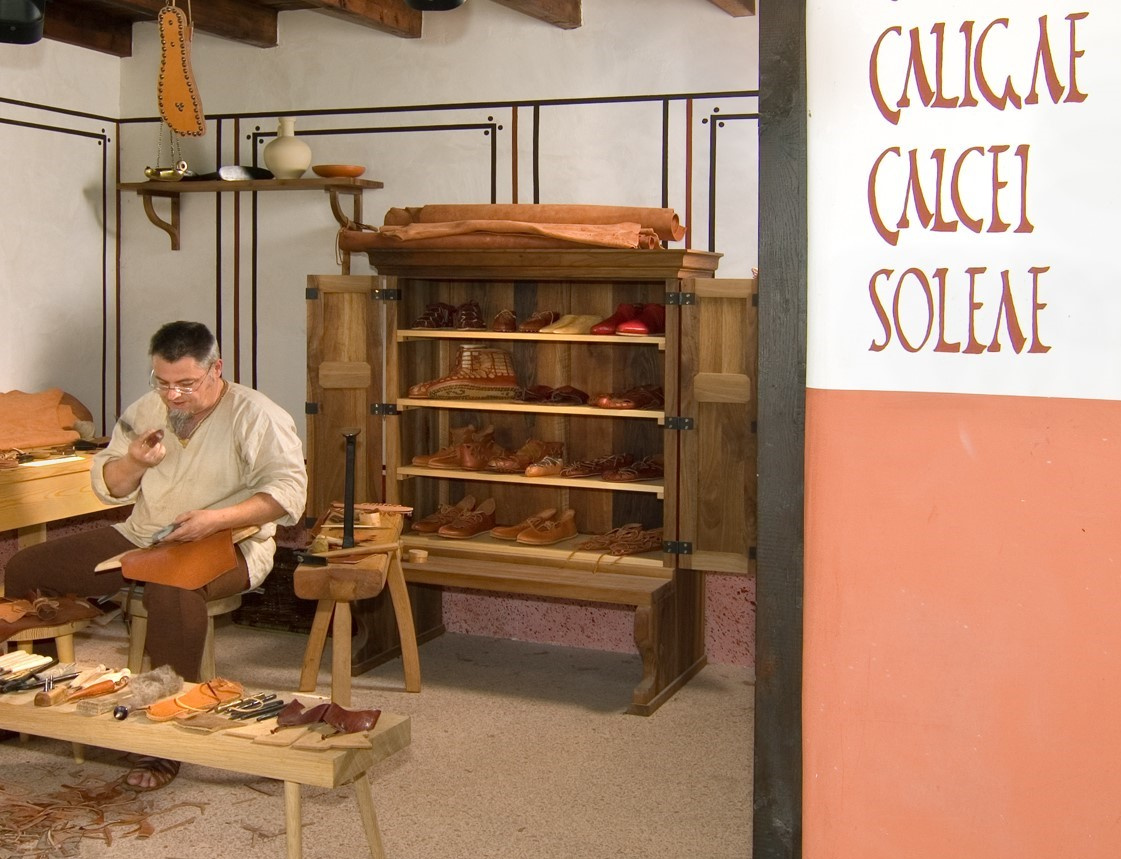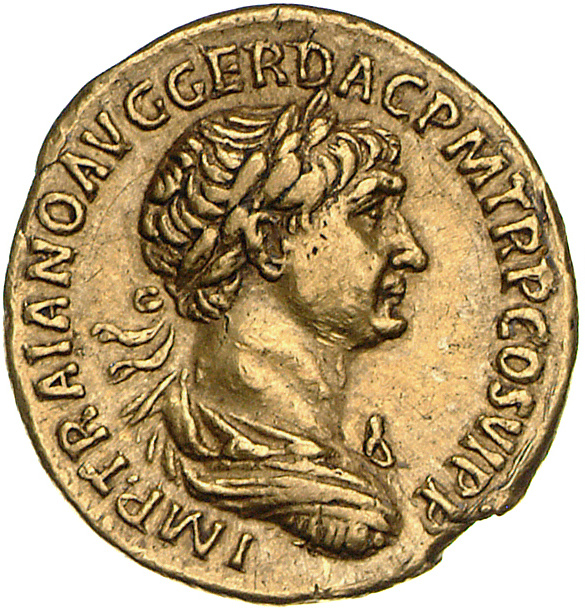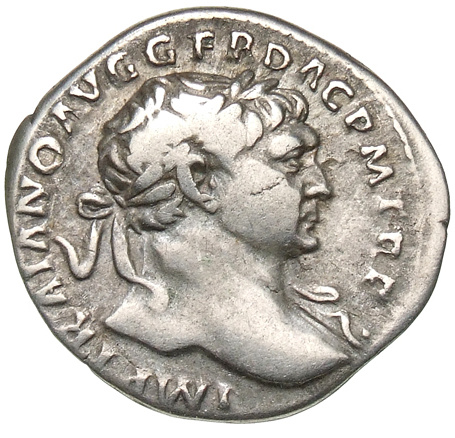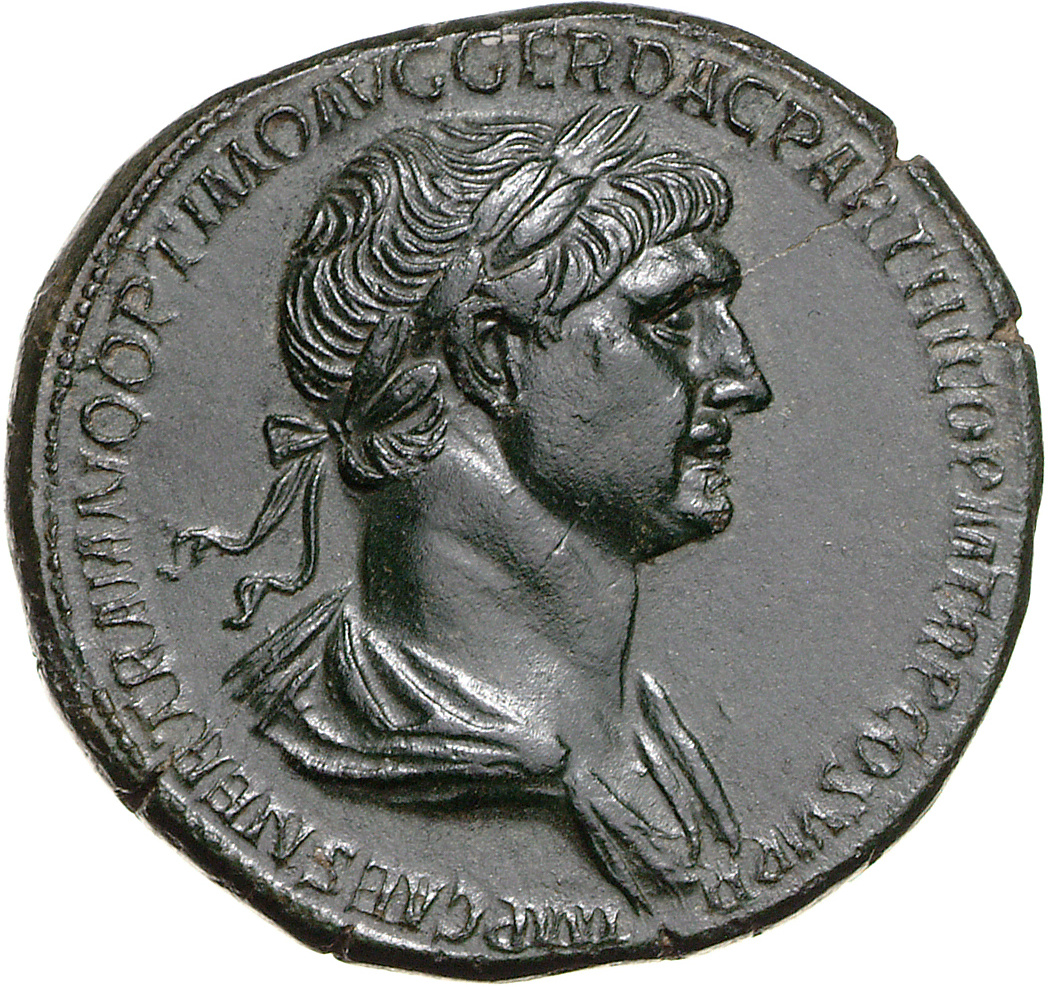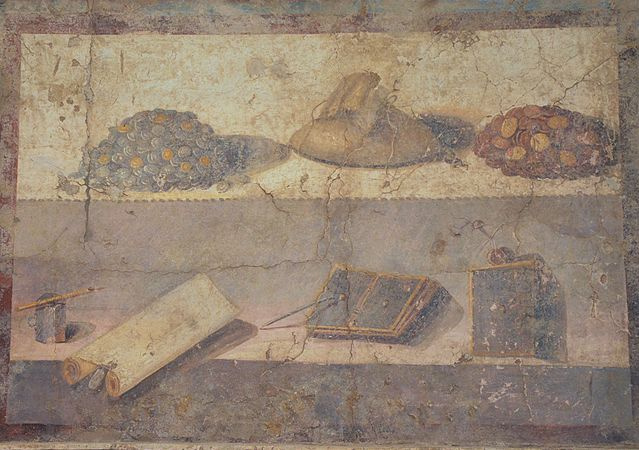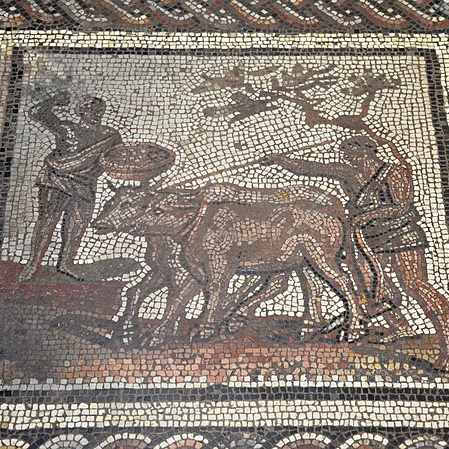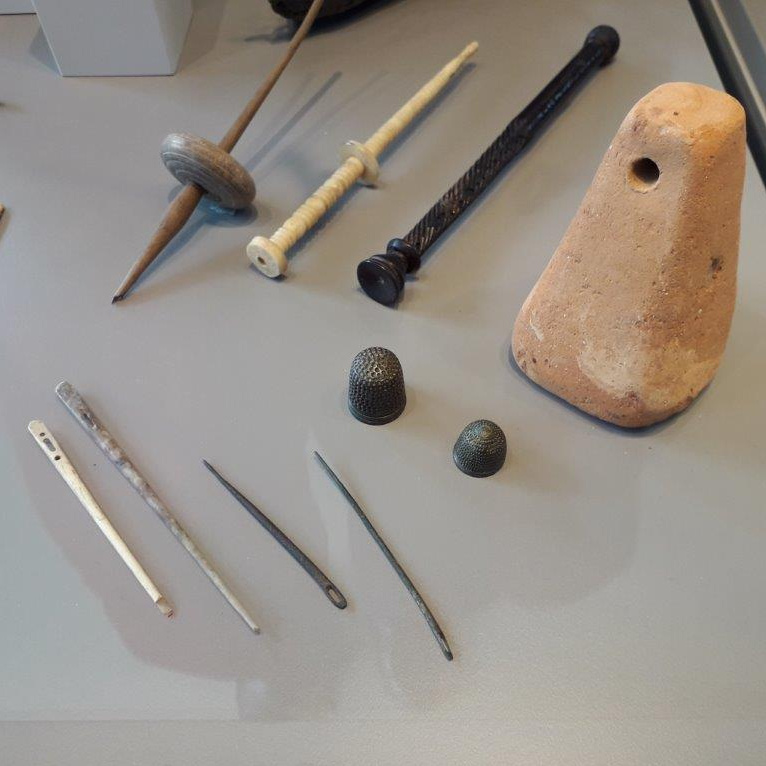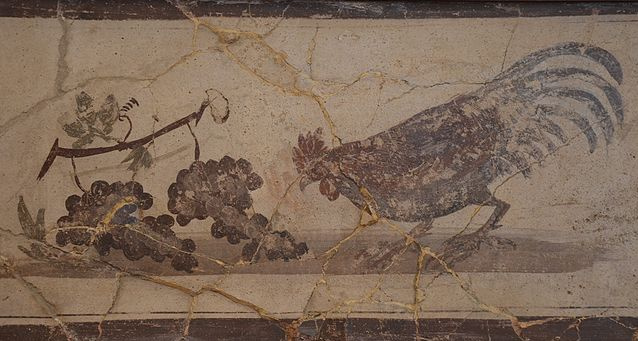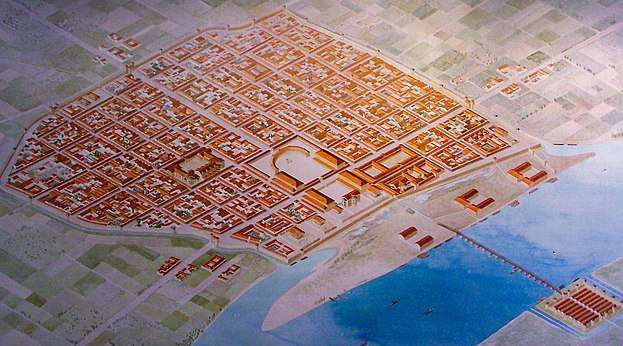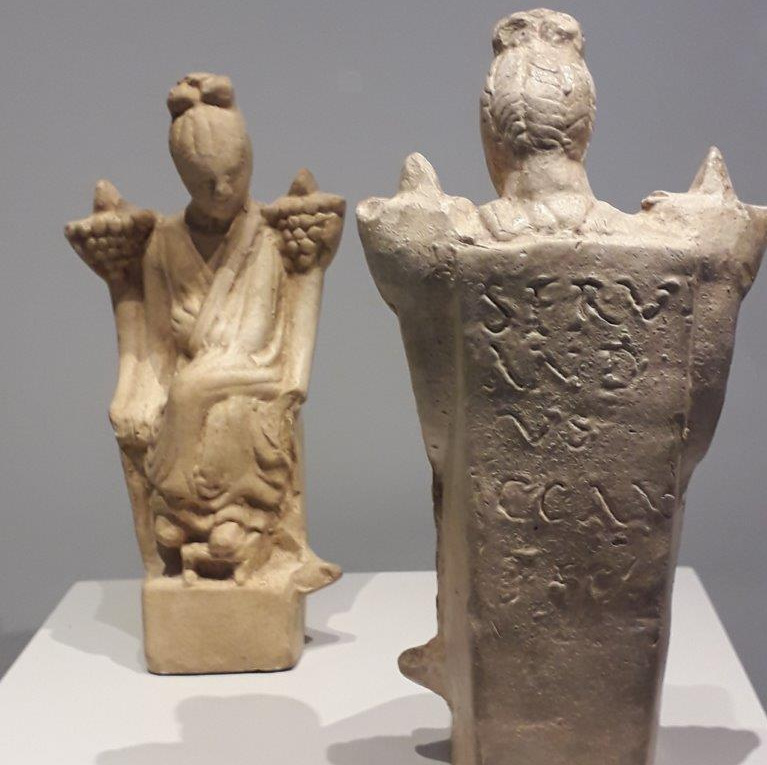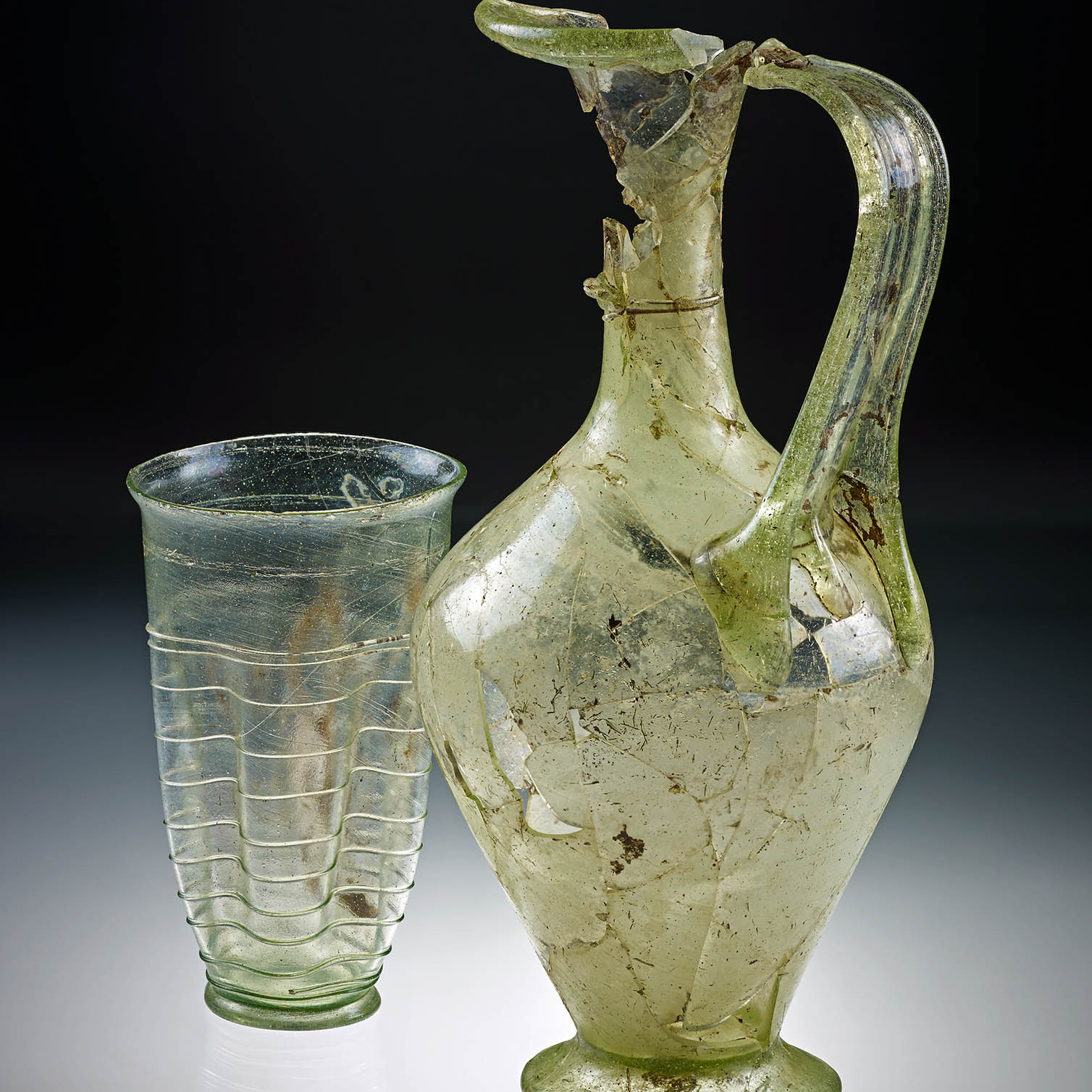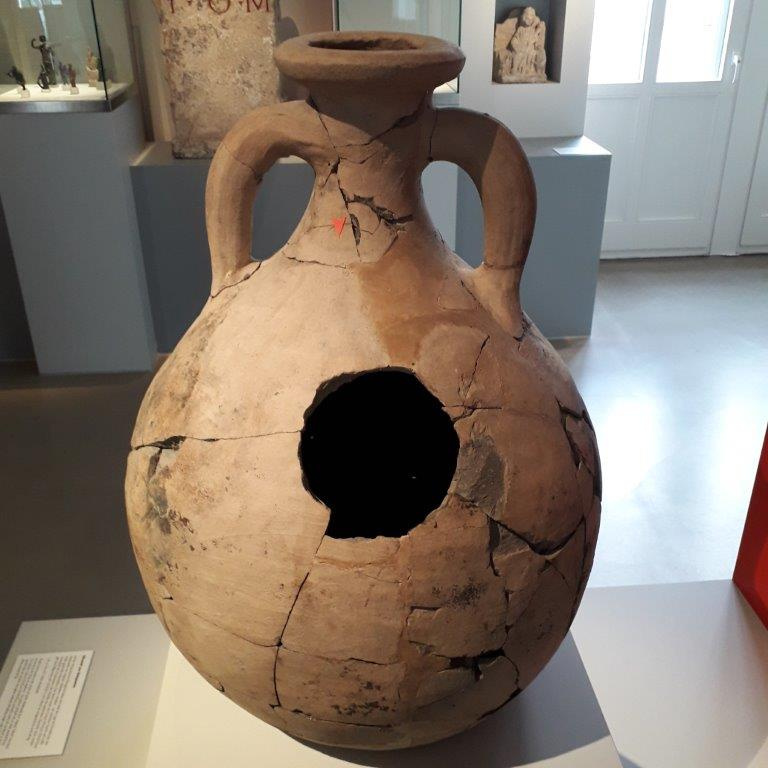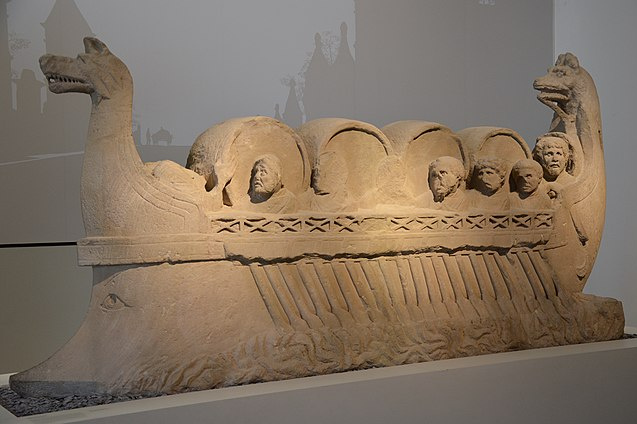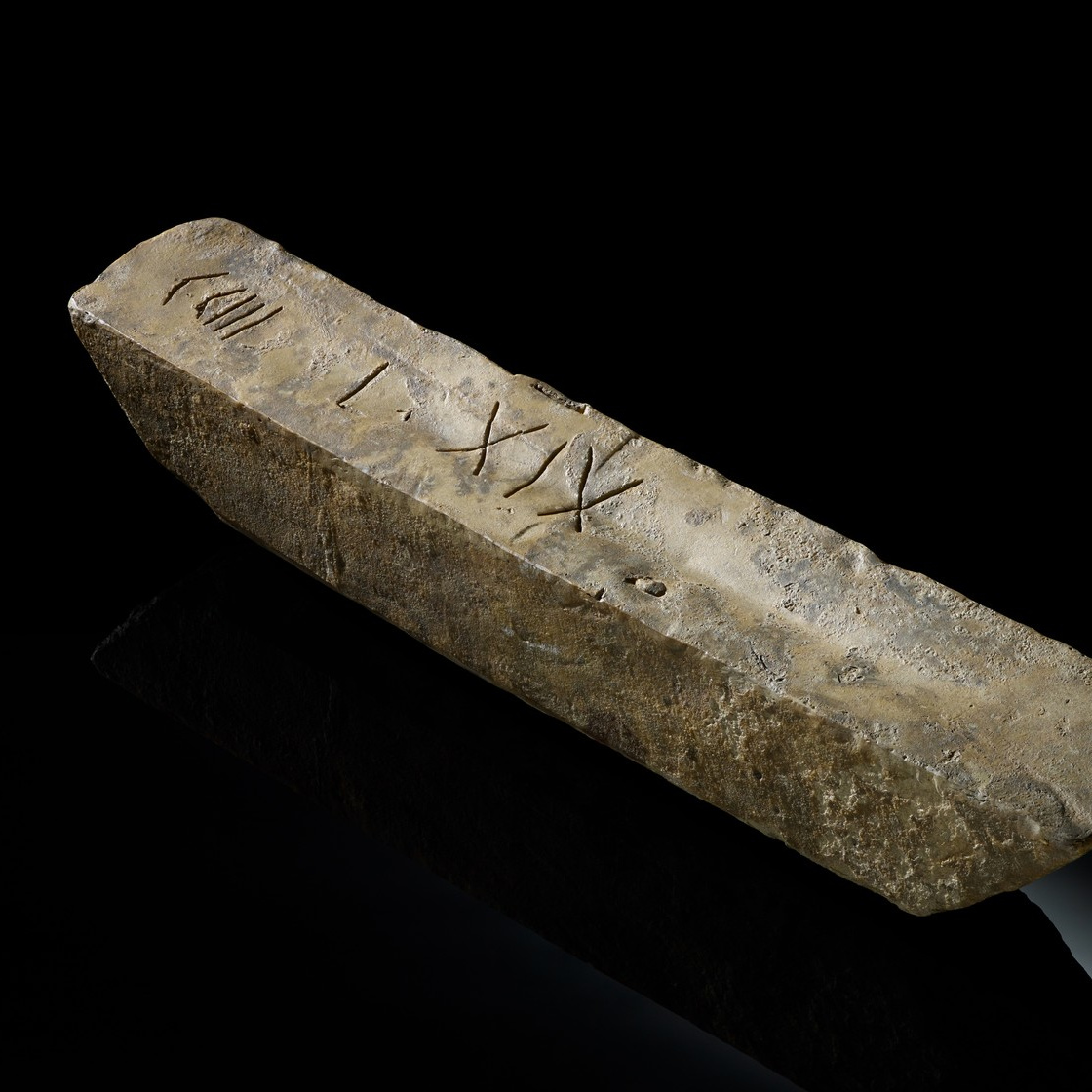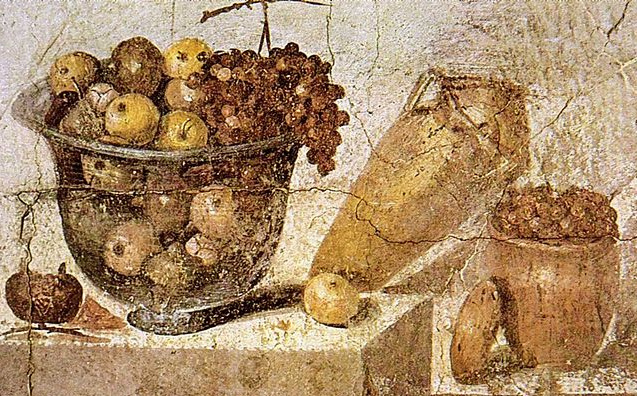How did the Roman economy function?
So said the poet Iuvenal, who lived in the 1st and 2nd centuries AD. If you wanted to buy something in a shop in Roman times, you needed money. In Roman imperial times, coins bore the portrait of the current Emperor on the front. This meant that even before the invention of television and the internet, people always knew what the Emperor looked like.
Coins were indispensable as a means of payment in the Roman economy. Bartering, which was common among the people of Germania magna, only played a subordinate role. Coins were made of gold, silver or copper or an alloy of copper and zinc (brass). A gold coin was called an aureus. One aureus was exchanged for 25 silver coins, the so-called denarii. One denarius was worth four brass sestertii. One gold coin was therefore worth 100 sestertii. For smaller payments, a sestertius was subdivided again. The dupondius, of which there were two per sestertius, was widely used. Four asses were also worth one sestertius. The smallest currency unit, the quadrans, corresponded to a quarter of an as. A visit to the public baths in Rome would cost one quadrans - a small price that most people could afford.
Creeping inflation can already be observed in Roman economic history. Money lost its value over time. In the case of Roman coins, this mainly had to do with the sheer material value. Coins made of precious metal became lighter! Under Emperor Augustus, the aureus initially weighed 8.18 grams, later only 7.79 grams. Emperor Claudius again lowered the weight of the gold coins. In 64 AD, Emperor Nero ordered that the aureus should weigh only 7.27 grams. This meant that 21 gold coins could now be minted from the same amount of metal instead of the previous 20. The more valuable, because heavier, old coins were collected by the state and melted down.
We know what people earned in some professions in Roman times. In some branches of work, there were even real top earners, depending on the rank of the person who commissioned them. The doctors to whom Roman emperors entrusted their health and lives were very well remunerated. Annual salaries of 250,000 or even half a million sestertii have been recorded for these physicians. Military doctors, on the other hand, only earned as much as a normal legionnaire. In exceptional cases, entertainers also received very high salaries. Emperor Vespasian, who ruled from 69 to 79 AD, is said to have paid an actor 400,000 sestertii and two musicians 200,000 sestertii each at a theatre opening.
In the higher social classes, physical labour was no longer considered the ideal way to earn money. In the early Roman period, members of the upper classes still managed their farms themselves in some cases. However, during the imperial period, the main physical labour on large farms in the Mediterranean region was carried out by slaves. Farmers' income depended on the yield of their estates. According to the Roman author Columella (died around 70 AD), a vineyard could bring in 1950 sestertii per lugerum. A lugerum corresponds to around 0.25 hectares or about a third of a modern football pitch. One fruit tree is said to have yielded 2000 sestertii in one year. According to a tradition in the Bible (Matthew 20:1 f.), a day labourer was paid one denarius, or four sestertii, for working in a vineyard. Other recorded daily wages are only one to two sestertii.
Under Emperor Augustus, an ordinary legionary soldier received 900 sestertii a year. A centurion, who could command over 100 soldiers, earned 13,500 sestertii a year. A prostitute generally had to be paid between 2 asses and a denarius for her services.
Spinning and weaving were jobs that women from all social classes could do. According to sources from the late Roman period, however, spinners did not earn very well. Nevertheless, the production of clothing was very laborious without the mechanical production methods we know today. A tunic could cost 15 sesterces and a pair of shoes 3-4 denarii. Anyone on a low income had to spend half a month's wages on a single new item of clothing. It is therefore understandable that richer people passed on their old clothes to poor people from their social environment.
Some prices for food have been recorded. Meat was comparatively expensive. For example, a pig cost 5 denarii (= 20 sestertii) and a chicken 1-2 sestertii. Particularly in the countryside, people also kept livestock for their own consumption and were not dependent on buying expensive meat. Grain was the main staple food. It was not sold by weight, but by volume. One such unit was the modius, which was roughly equivalent to a bucket containing 8.73 litres. A modius of wheat cost one denarius. In the city of Rome, there were also citizens who were entitled to free food from state supplies. They not only received grain, but also wine, olive oil and pork. However, these benefits were not dependent on income as they are today but were a privilege. Those entitled to it were recorded in separate lists.
The examples show that prices from Roman times can hardly be compared with today's cost of living. Back then, an unskilled labourer would have had to work most of a day for a meal containing meat. On the other hand, today's wages for physical labour are much higher than in ancient times.
In Roman times, there were many professions that we still recognise today. These included, for example, workers in bakeries and butcher's shops or merchants. Many merchants offered their goods in the central marketplace of a Roman city, the so-called forum. In some larger cities, proper shopping centres were also built, which housed numerous shops. If necessary, markets were also set up for special needs. A potter called Servandus was based in Cologne at the grain market (forum hordia[rium]). There were also markets in smaller towns and villages.
Many everyday objects that are produced industrially today were manufactured in specialised craft workshops back then. Numerous traces of smaller or larger production facilities are known from excavations in Lower Germania. Roman potteries have been discovered in many places, for example in Cologne and Xanten, in Jülich, Vettweiß-Soller and Aachen-Schönforst. In Cologne and Xanten, oil lamps were produced from clay, among other things.
A potter named Servandus produced small figurines of local goddesses (matrons) in Cologne. On the back, they bear the maker's inscription CCAA IPSE FABRICIUS F(ecit) - which literally means: "Fabricius made them himself in Cologne". The manufacture and processing of glass has been documented in Cologne since the early imperial period and in some Roman villas in the Hambach open-cast mine area (district of Düren) in late antiquity.
Some professions are almost extinct today, as the materials are hardly used any more or the technology has changed. In Cologne and Xanten, for example, animal bones were turned into everyday objects. In Roman times, many needles, but also spoons, combs and knife handles were made of bone. Tanning, that is, the processing of leather, was a very odour-intensive trade. The fresh animal skins were soaked in urine for a while to make it easier to remove the fur hairs. The tanners collected the urine required for this work in amphorae, which were placed along the streets for public use. One such amphora with a subsequently cut opening for collecting the urine was found in Cologne, for example. Before it was repurposed as a urine container, this large clay vessel had been used to transport olive oil from southern Spain to Cologne.
Goods such as oil, wine, figs, dates or fish sauce as a condiment were transported in amphorae from the Mediterranean region to the Rhine. Even perishable goods such as oysters from the North Sea found their way to Cologne.
Stone quarries for the extraction of building materials were only found in a few areas in Lower Germania, for example in the Eifel (basalt and tuff), in the Siebengebirge (trachyte) or on the Liedberg near Korschenbroich (sandstone). This meant that stones, which were used in large quantities in cities such as Cologne or Xanten, had to be transported at great expense. The rivers were important transport routes for heavy loads. However, large and heavy stones that were quarried and transported in Roman times can also be found far away from the waterways. They had to be transported there by cart over the roads. While there were some private companies that were active in the construction industry, most quarries were operated by the military. The army was also responsible for constructing public buildings and roads. Lead was one of the mineral resources extracted in Lower Germania. There were deposits in the Eifel and in the slate mountains on the right bank of the Rhine (Bergisches Land and Sauerland). In the Gressenich area near Aachen, calamine was also mined, an ore from which zinc was extracted, which served to produce brass.
However, the main products of the province of Lower Germania were agricultural. Beyond the fertile loess zone, that is, in the area from the Lower Rhine to the North Sea, many soils were less suitable for arable farming and more for pasture farming. People there mainly reared livestock. Horses were also important for military use, which the Batavian tribe living around Nijmegen bred for the Roman army.
In southern North Rhine-Westphalia, especially in the Zülpicher and Jülicher Börde, large areas are covered with very good, fertile soils. Cereals were already being grown extensively in this loess zone in Roman times. Spelt was particularly important. However, einkorn, emmer, barley, millet and naked wheat were also cultivated. Protein-rich pulses such as peas, field beans and lentils also played a role and were already part of the diet in the Rhineland in pre-Roman times. Vegetables were also grown on Roman estates. Among other things, the Romans introduced the cultivation of cucumbers along the Rhine. Some fruit was imported in dried form, but there were also orchards in which numerous types of fruit such as apples, pears, sweet cherries, cornelian cherries, plums and peaches grew. Walnut trees and chestnut trees were also planted in Lower Germania for the first time in Roman times.
The farms had to produce surpluses over and above their own needs. The families not only produced food for themselves, but also for the demand in the cities, civilian settlements and military camps. They also had to save seed for the following year. The cities had a particularly high demand for food. The second major consumer was the military. However, the number of soldiers stationed in the province of Lower Germania was so large that additional grain had to be imported.
